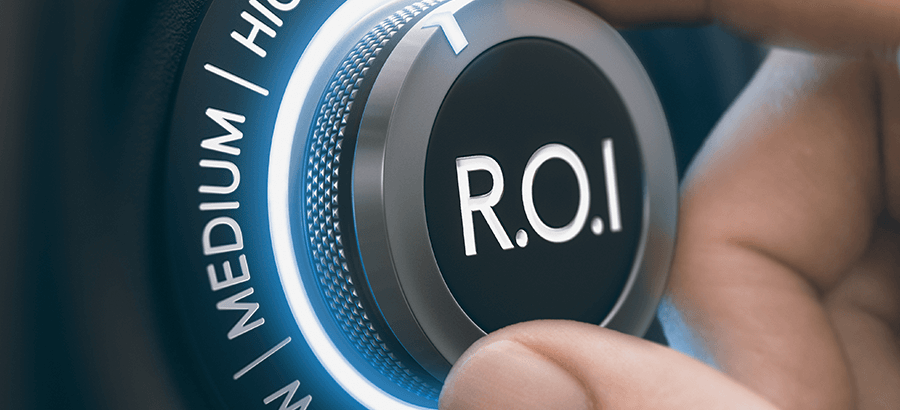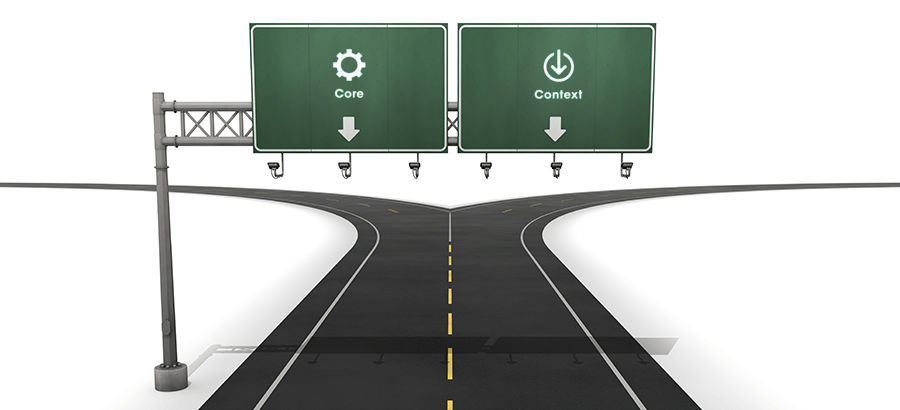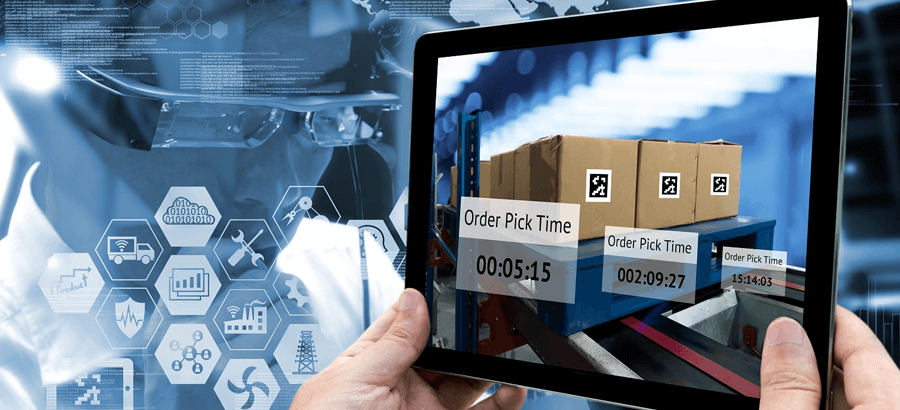We have all heard it before, ‘Sustainable Competitive Advantage’, ‘Return on Investment’, ‘Increase sales by x%’. Terms often bandied about by ERP vendors in a generalist manner citing studies and research in these areas. However, if we unpack these terms and how organizations view them vs. how ERP vendors use them, there is often little congruence between the two and mistrust and skepticism is often created.
Month: May 2015
Architecting your business for success – Part 1 of 2
There’s a cliché that people can become victims of their own success. Like most clichés, it might be annoying but it’s also true. But what does it mean in the business world, and more importantly, how do we avoid it?
Where to Customize your ERP – Core vs. Context
Should an ERP system be customized? That is a question asked by many companies. Although some people say it should never be done, in almost every ERP project one of the first user requests is for customization.
If you accept that customization is a fact of ERP life, then what criteria should the project owner use to select and prioritize customizations? One objective framework for deciding on customization has been provided by consultant and author Geoffrey Moore. In his book ‘Dealing with Darwin’ Moore proposed the concept of ‘core’ and ‘context’ as a way to prioritize growth strategies, but the concept can also be extended to ERP customization.
Mapping the Supply Chain
When sitting down to a meal, do you ever take a moment to think about where the food came from? Sadly, I think most people would say the local supermarket.
On a larger scale, a study by KPMG found that nearly half of global manufacturers don’t have any visibility past their direct suppliers. Meaning they cannot see beyond them, to their suppliers’ suppliers. This can have huge implications, especially in industries where traceability is required (such as food and pharmaceutical).
Managing your Supply Chain with ERP – Part 2
In Part 1 of this blog I discussed how ERP software helps you better manage the “demand” side of the supply chain. Now let’s look at the “supply” side.
One of your most important “supply” functions is purchasing, and using an ERP system helps purchasing become more systematic and efficient:
You can track all of the details against purchase orders, such as pricing, quantities ordered and received, and expected vs. actual delivery dates. This data also lets you monitor supplier performance.





